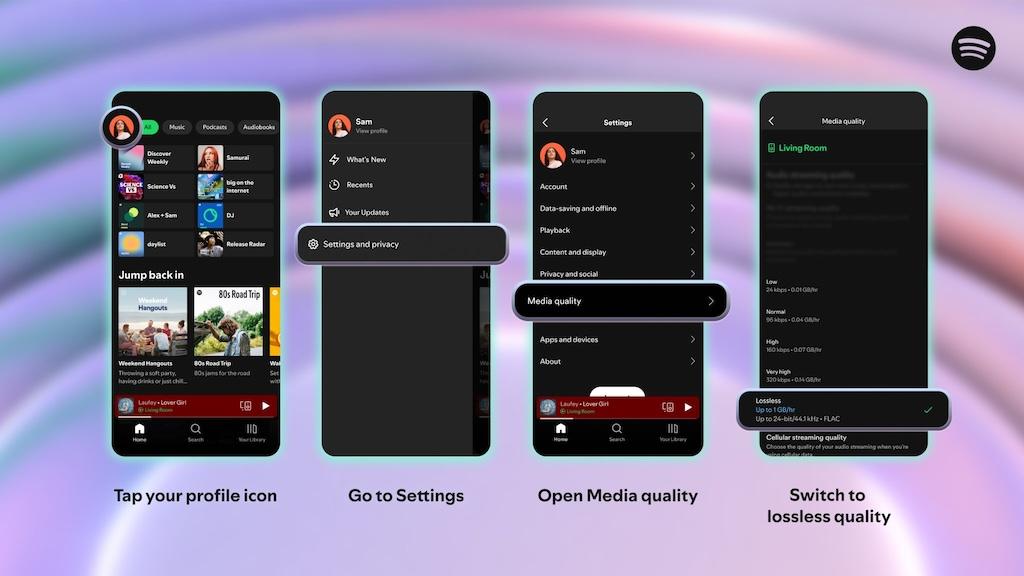Spotify’s Long-Awaited Lossless Audio Finally Arrives: What Premium Users Need to Know

A Major Milestone for Music Streaming
After eight years of speculation and anticipation, Spotify has finally introduced lossless audio streaming to its platform, launching support for high-quality, lossless music streaming.
The new feature enables users to stream tracks in up to 24-bit/44.1 kHz FLAC, unlocking greater detail across nearly every song available on Spotify. The end result is a richer music playback experience with more details, depth, and acoustic definition.
Availability and Implementation
The feature is available to all Premium account holders and is rolling out gradually to more than 50 markets through October. Premium subscribers in numerous countries, including the US, UK, Australia, Austria, Czechia, Denmark, Germany, Japan, New Zealand, the Netherlands, Portugal, and Sweden, have already started gaining access.
Unlike some competitors such as Apple Music and Tidal, Spotify is rolling out lossless within the existing Premium plan. The company has confirmed there will be no new HiFi or Music Pro subscription and no changes to current subscription fees.
How to Access Lossless Audio
To enable the new feature, users need to navigate to Settings and Privacy > Media Quality and select “Lossless” quality for streaming on Wi-Fi, cellular data, and downloads. The firm has stated that the feature is available across devices but needs manual activation for each device.
Technical Specifications and Device Compatibility
For the best listening experience, Spotify recommends streaming lossless music on Wi-Fi using wired headphones or speakers on a non-Bluetooth connection. According to Spotify, Bluetooth currently doesn’t provide enough bandwidth to transmit lossless audio, so the signal has to be compressed before being sent.
The lossless quality being played appears in the Connect Picker for compatible hardware, which includes devices from Sony, Bose, Samsung, and Sennheiser at launch, with Sonos and Amazon integration expected next month.
Market Impact and Competition
The move positions Spotify ahead of YouTube Music, which remains the only major streaming service without lossless support. Google has not indicated any plans to change that. Spotify has said that its new lossless streaming feature covers “nearly every track” in its 100-million-song library, although there may be some tracks without lossless support. The move comes as a response to competitors like Apple Music and Amazon Music, which had already introduced similar features in their services.
